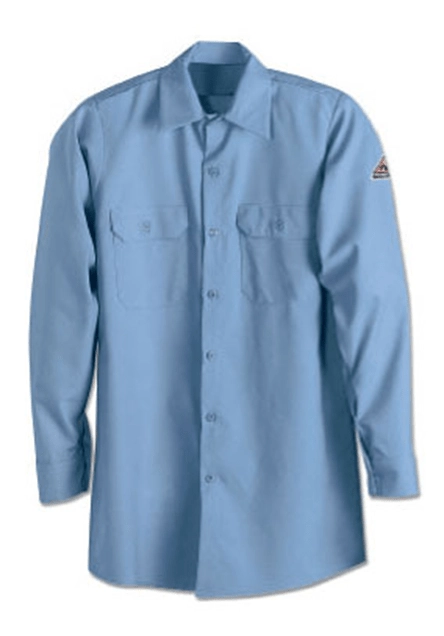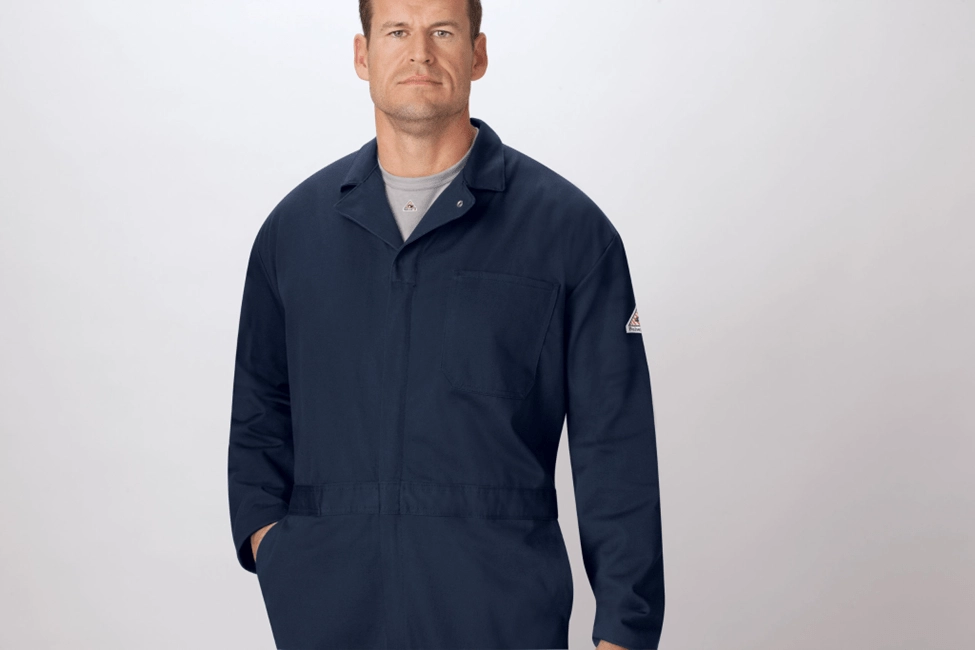
The oil, gas, and electric industries are fraught with fire hazards that can lead to catastrophic outcomes. Workers in these sectors face the constant risk of burn injuries, which can result in severe harm or even fatalities. This is where flame-resistant (FR) clothing becomes a game changer. Designed to minimize fire-related risks, FR clothing is essential in enhancing safety and compliance with industry standards. By investing in FR work clothes, employers can safeguard their employees and improve overall workplace safety.
The Importance of Fire Safety in Hazardous Industries
The work environment in the oil and gas industry as well as the electrical industry presents unique challenges. Fire hazards are everywhere, with flammable gases such as methane and hydrogen sulfide being common in oil and gas production. FR clothing provides a critical barrier against flash fires, which can reach temperatures between 1,000 to 1,900 degrees Fahrenheit. Similarly, electrical workers often face the dangers of arc flashes, which can reach temperatures of up to 35,000°F.
Human and Financial Impact of Fire Incidents
Fire incidents in these industries have devastating human and financial consequences. Severe burn injuries can lead to long recovery times or permanent disabilities. Beyond the human cost, the financial burden includes hospital fees, OSHA fines, legal expenses, enhanced insurance premiums, and lost productivity. A damaged reputation can further erode stakeholder trust and impact business operations.
Proactive Safety Measures
Given these risks, proactive safety measures are essential. Effective safety programs, including the use of flame-resistant uniforms, are critical for reducing risks and preventing fire-related accidents. FR clothing provides a last line of defense, shielding workers from the worst outcomes of fire-related incidents.
What Is FR Clothing?

FR clothing, short for flame-resistant clothing, is a specialized form of personal protective equipment (PPE) designed to protect workers from fire hazards. These garments, which include shirts, pants, coveralls, jackets, and other apparel, are engineered to minimize the severity of burn injuries and provide essential protection in hazardous environments.
Types of FR Clothing
Flame-Resistant Clothing
- Manufactured from materials that are inherently resistant to flames, such as treated cotton or synthetic blends.
- Self-extinguishing properties prevent further burning once the flame source is removed.
- Designed to reduce burn severity and prevent the spread of fire.
Flame-Retardant Clothing
- Made from materials chemically treated to enhance fire resistance.
- Typically produced from cotton or cotton blends with a flame-retardant treatment.
- Provides similar self-extinguishing benefits as flame-resistant clothing.
Key Features and Limitations
FR clothing is designed to resist ignition, self-extinguish flames, and minimize heat transfer to the wearer. However, it is not entirely fireproof. While it may ignite initially, it prevents fire from spreading to other parts of the body, thus reducing injury severity. By choosing the appropriate FR work clothes, safety managers can tailor solutions to specific risks in oil and gas production or electrical industry environments.
OSHA Guidelines and Industry Standards
The Occupational Safety and Health Administration (OSHA) provides clear guidelines for the use of flame-resistant clothing in the oil and gas industry and the electrical industry. These standards aim to minimize the risks associated with fire-related hazards in these high-risk environments.
OSHA’s General Duty Clause requires employers to provide workers with PPE equipment, including FR clothing where appropriate, that can ensure employees are “free from recognized hazards that are causing or are likely to cause death or serious physical harm.”
Regulatory Requirements
In oil and gas production, OSHA mandates the use of FR clothing during tasks such as drilling, well servicing, and handling hydrocarbons. Similarly, in the electrical industry, employees exposed to arc flash hazards are required to wear appropriate FR uniforms to reduce burn risks. Compliance ensures that workers are safeguarded and employers avoid penalties and legal repercussions.
Why Compliance Matters
Beyond meeting regulatory requirements, adhering to OSHA standards demonstrates a company’s commitment to safety. It reduces the likelihood of accidents, boosts morale, and enhances productivity. Employers who invest in flame-resistant uniforms show their dedication to creating a secure work environment.
Best Practices for Using and Maintaining FR Clothing
To maximize the effectiveness of FR clothing, proper use and maintenance are essential. Employers and workers must follow best practices to ensure that FR clothes provide optimal protection in hazardous conditions.
When to Wear FR Clothing
While OSHA specifies situations where FR clothing is mandatory, adopting a policy of wearing flame-resistant uniforms at all times in hazardous environments is an effective proactive approach. This reduces the risk of workers being unprotected during unplanned events or transitions between tasks.
Maintenance Tips
FR work clothes require careful laundering to retain their flame-resistant properties. Employees should avoid bleach, fabric softeners, and other chemicals that can degrade the material. Employers may also consider using a professional laundry service like Prudential to ensure consistent care. Regular inspections are vital—any garment showing signs of wear, such as holes or stretching, should be replaced immediately.
Customization and Branding
Many companies prefer customized electrical worker uniforms or oil rig worker uniforms that feature logos and embroidery. OSHA permits this, provided the customization is done with flame-resistant materials and does not compromise the garment’s protective qualities.
Prudential Overall Supply’s FR Clothing Solutions

We at Prudential Overall Supply are proud to provide high-quality flame-resistant uniforms that can address the particular needs of the oil, gas, and electrical industries. With decades of experience, we have developed a variety of protective workwear that ensure both safety and comfort.
Key Features of Our FR Clothing
- Compliance: All of our FR work clothes meet OSHA and National Fire Protection Association (NFPA) standards, ensuring full protection for workers in hazardous environments.
- Durability: Designed to withstand the rigors of oil and gas production and electrical industry tasks, our FR clothing is built to last.
- Comfort: Engineered for long work hours, our garments combine safety with ergonomic design that minimizes discomfort.
- Customization: We also offer customized uniforms, helping you enhance your brand visibility while maintaining safety compliance.
Laundry Service
Our commitment doesn’t end with providing FR clothing. We also offer professional laundering and maintenance services to extend the lifespan of your garments and ensure their continued efficacy. By partnering with us, you can trust that your team is protected with the best safety solutions available.

